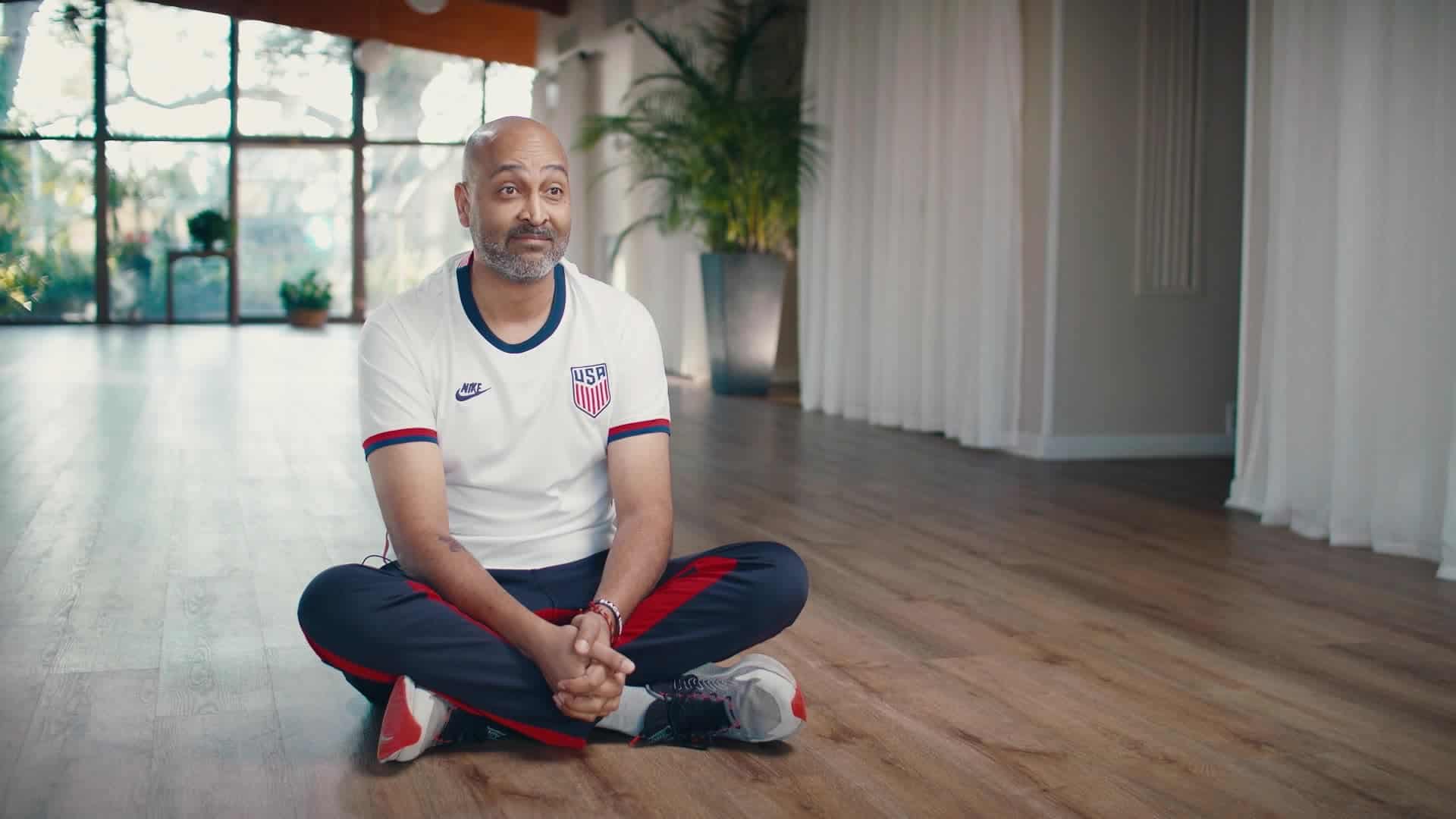Did you know that 77% of Americans feel a stronger connection to vision-driven companies over traditional companies?
The Vision Video isn’t just a piece of content; it’s the heartbeat of your brand, answering your company ‘why’ and painting a picture of a world transformed by your success.
The Vision Video is inspirational. It makes an emotional appeal. Because emotional resonance drives buying decisions, a well-crafted Vision Video doesn’t just share what you do; it compels viewers to join your mission, deepening customer loyalty and instilling pride in your team.
Whether you’ve already embraced video content or are just starting, the Vision Video is a crucial asset in your content arsenal, reflecting your deeply-held intentions and beliefs with lasting value.
What Makes a Video Inspirational?
A video is inspirational when it captures the attention of your viewer, relates to their personal struggle, and gives hope for overcoming these challenges.
Donald Miller in Building a StoryBrand suggests making the customer the hero of your story.
Inspired by the hero’s journey, your Vision Video should portray your customer’s journey toward a better outcome, guided by your business.
Where to Showcase Your Vision Video:
Place your Vision Video where it can have the maximum impact:
- On the ‘About Us’ or Home page of your website
- As a key asset in your remarketing sequence
- During conferences or sales presentations
- Within email signatures of leadership and employees
- In training sessions for new hires
- Looping in your office waiting area (with subtitles)
8 Steps to Create Your Vision Video:
Step 1: Gather Inspiration
Pay closer attention to the videos you encounter daily and bookmark the ones you like. Note what you appreciate about each video to help narrow down your stylistic choices.
Step 2: Choose Your Style
Select from interview-driven, VO-driven, typography-driven, or graphics-driven styles, or a combination thereof.
Consider your resources, whether you have an in-house team or you decide to work with an external production company.
When you work with Betterme Productions, a Florida video production company, you’ll have a partner dedicated to transforming your vision into a compelling and inspirational story.
Also consider the stories you can mobilize from customers or team members. Which of your customers have shared a compelling account of how your business transformed their lives?
Step 3: Define the Story Arc
Define your story’s elements, focusing on the customer as the hero.
Visualize the rise and fall of the narrative, from exposition to a satisfying resolution, and a call to action that inspires viewers to embark on their journey.
Step 4: Identify the Voices
Choose the people who will help convey your story, from customers to founders, and staff.
If opting for a voiceover, select a voice that embodies your brand’s spirit and resonates with your audience.
Step 5: Craft Your Message
For interview-driven videos, draft questions that draw out narrative points.
For voiceover-driven pieces, outline your script’s big idea and key supporting points.
Consider creating a shot list or sketches for some of the scenes.
Step 6: Gather Source Materials
Organize a filming schedule, conduct interviews, and capture b-roll footage.
For VO, typography, or graphics-driven videos, finalize your script, and gather any necessary stock footage or visual elements.
Step 7: Annotate the Source Materials
Analyze the captured content, noting the stronger parts using tools like Frame.io for tagging and commenting or HappyScribe for transcription. This will guide you during the post-production phase.
Step 8: Assemble the Edited Story
Choose your editing tools and arrange the story to follow the defined arc.
Consider employing a professional editor or post-production team to polish your Vision Video.
Bring Your Vision to Reality
People want to know what you do, how you can help them, and how you are changing the world. A powerful Vision Video will serve your marketing efforts for years to come.
Share your Vision Video widely, and you’ll undoubtedly see the benefits: higher engagement, greater customer and team loyalty, and ultimately, more leads and sales.
As you embark on this journey to share your vision, remember that a powerful Vision Video is more than a story; it’s a catalyst for change.
At Betterme Productions, we’re dedicated to turning your aspirations into inspiring visual narratives. Contact us today to bring the essence of your brand to life and make an indelible mark on the world.




